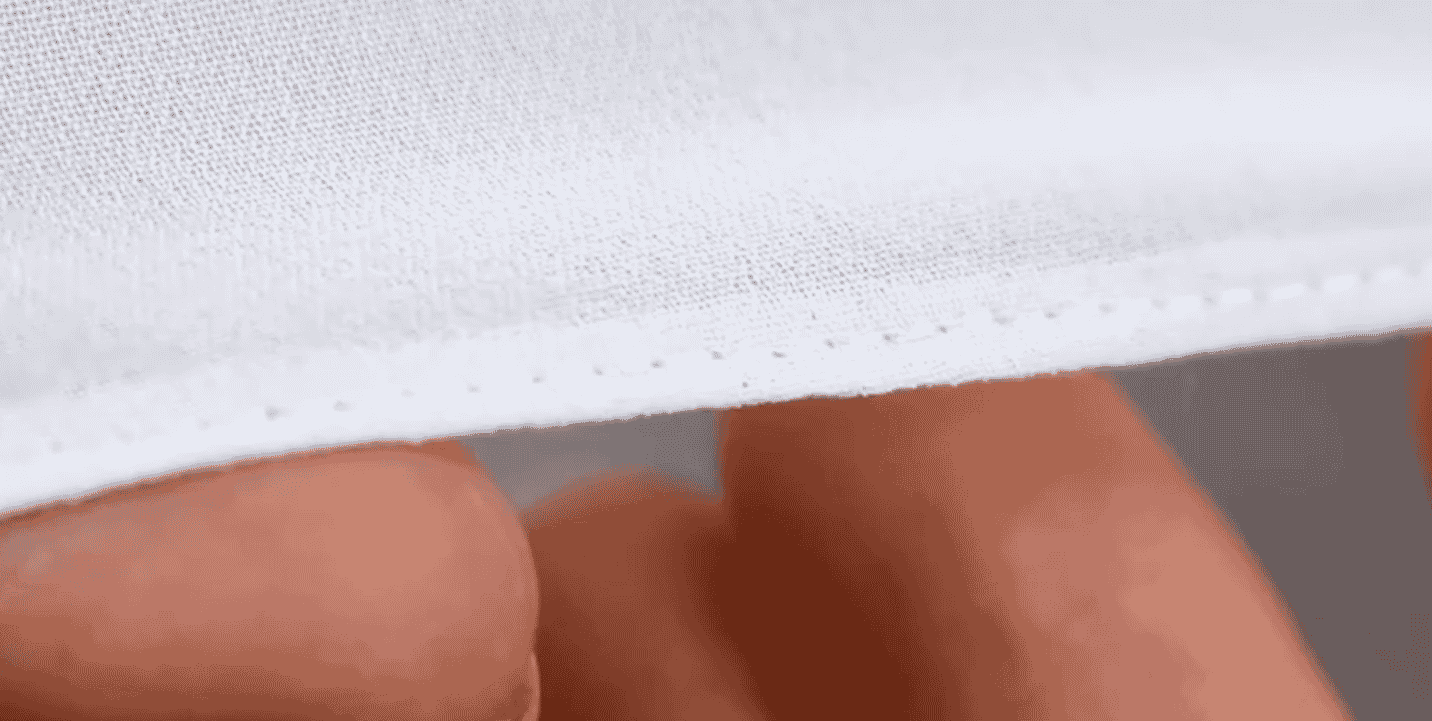You may have seen these ultra-fine 80 and 100wt threads on store shelves, but what would you want to use such a thin thread for? As it turns out, these thin threads not only have a ton of great uses, they can also perform better for certain techniques than a regular medium weight 40 or 50wt thread would. We’ll show you when to use these threads and why you should choose them.
Let’s take a quick look at these two 80 and 100wt threads by WonderFil. This 80wt thread is called DecoBob, and the 100wt thread is called InvisaFil. They are both made from cottonized polyester, which is a 100% polyester thread that has been treated to take the stretch and shine out of it, giving the thread a matte finish that hides in the fabric. Because they’re made from polyester, you’ll find they’re actually quite strong despite their size. So, how can you use them?

1.Piecing
This is one of the most common techniques that comes up for sewers, but have you ever considered what thread to use when doing it? As it turns out, the choice of thread will make a huge difference. We always recommend using an 80wt thread in the top and bottom for piecing, such as DecoBob, because the thread won’t add any additional bulk in the seams. This allows the pieced fabric to sit flatter and it makes it easier to match up your patterns. The difference is actually visible.
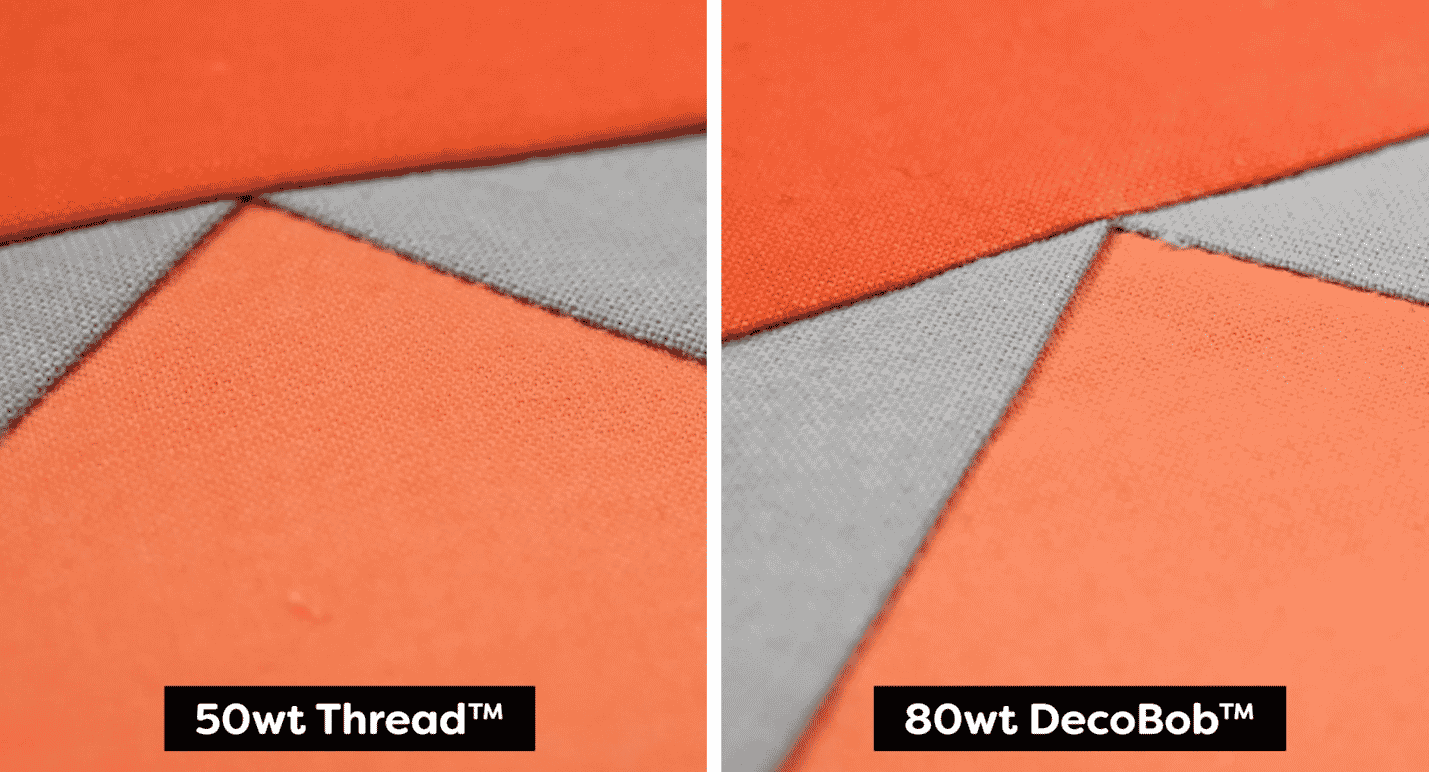
This thread is especially good with foundation paper piecing. We recommend lowering the stitch length to around 1.8 for added security. This also makes it easier to tear the paper out without pulling out your stitching by accident.
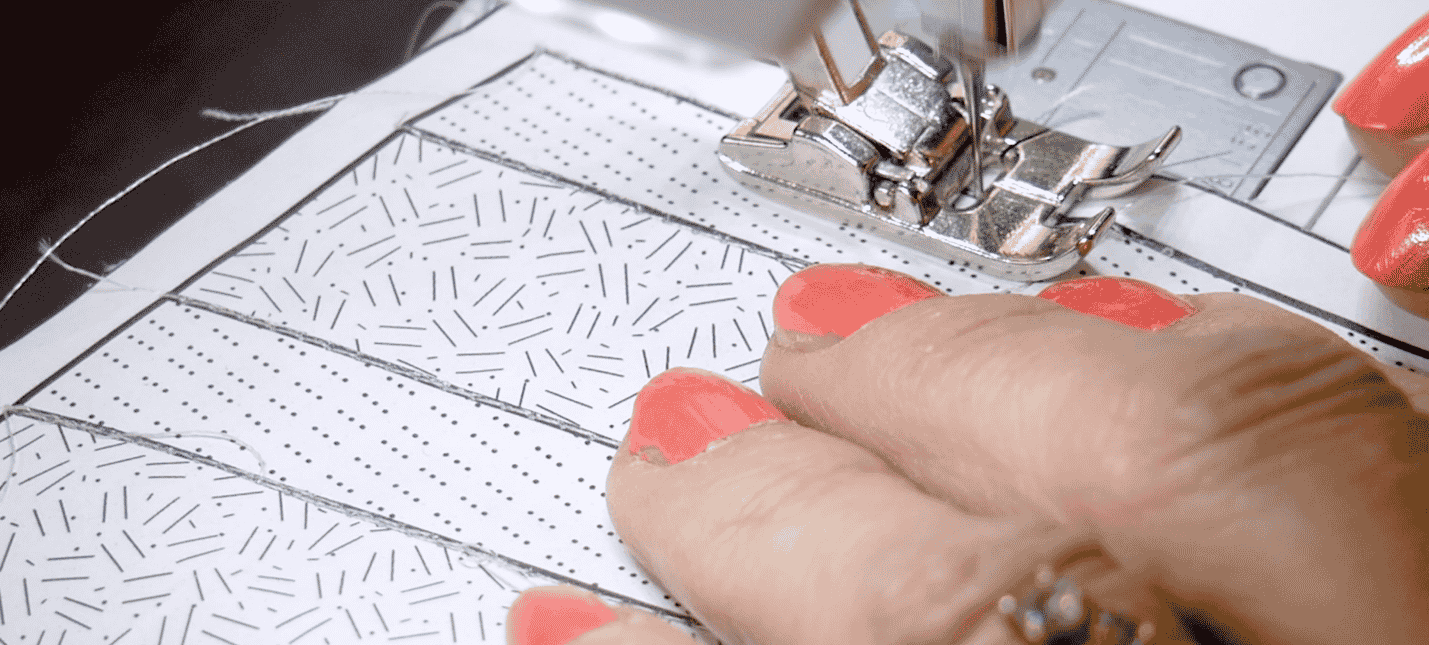
2.Quilting
Both 80wt DecoBob and 100wt InvisaFil are a great choice for quilting when you don’t want the thread to show. We used a light grey InvisaFil to quilt this multi-colored quilt, and as you can see, the fine thread blends into every colour. You only need to choose a basic or slightly match the color to the fabric for it to blend in, making it easy to show the texture of your quilting without showing the thread itself.
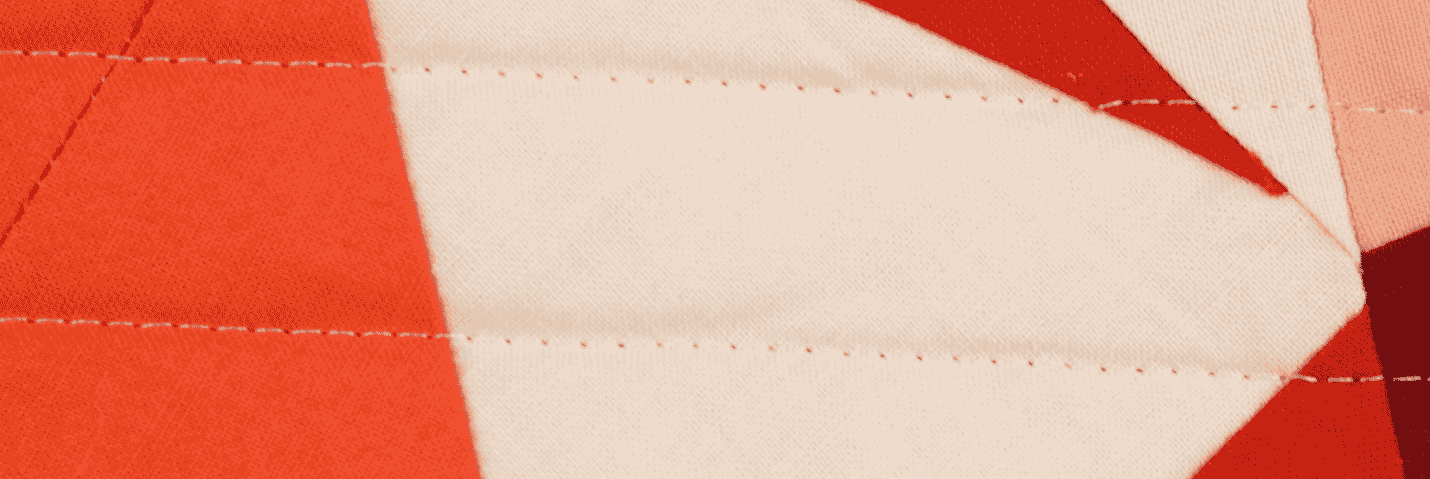
InvisaFil is especially fantastic for micro quilting or any dense quilting. Because the thread is so fine, it doesn’t add a lot of bulk to the fabric. This means you can stitch densely, and your quilt will still stay soft and flexible.
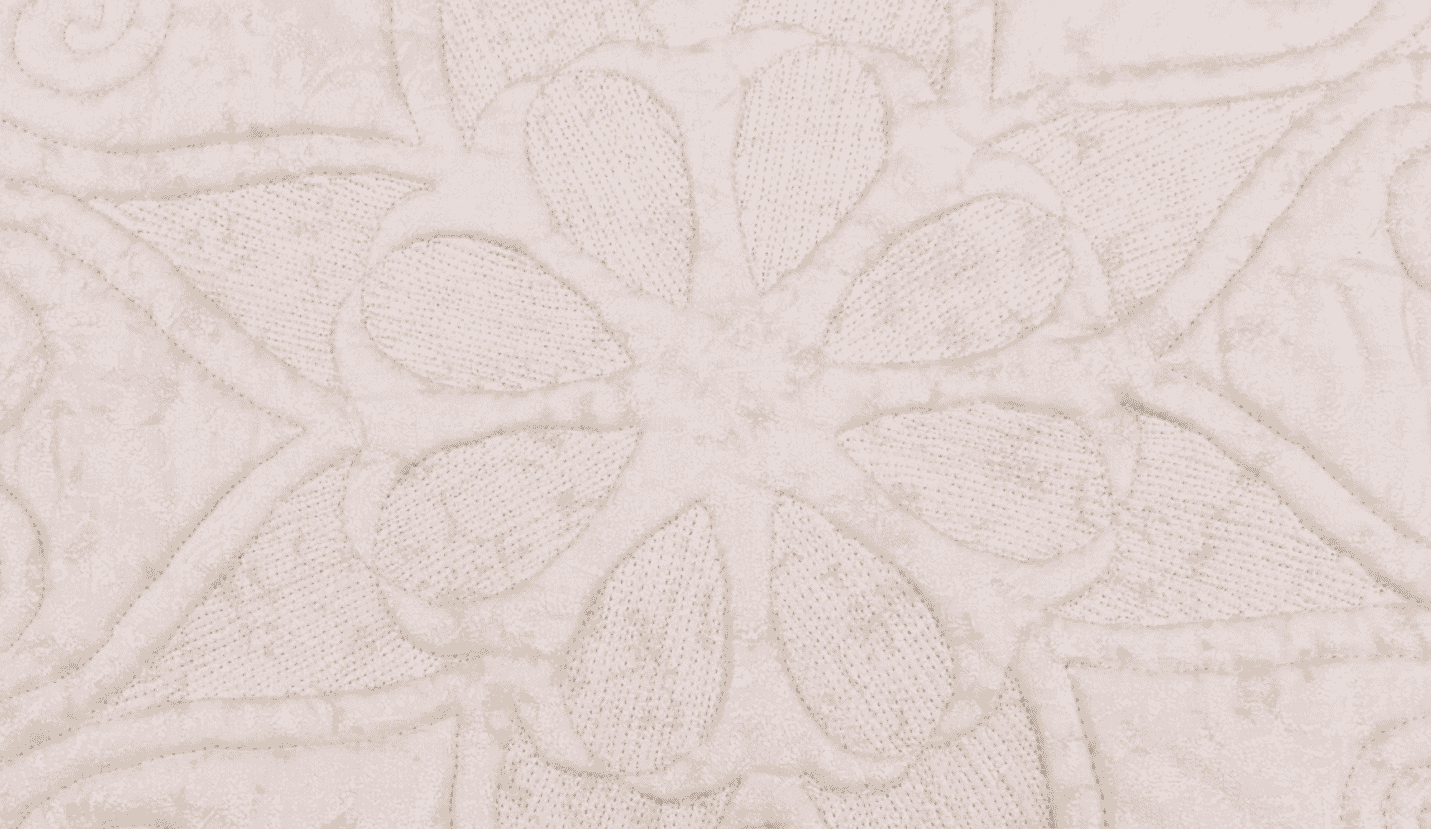
3. Machine embroidery
Most embroidery threads are a medium 40wt. However, delicate, highly detailed designs, monogramming, and small embroideries will look even better when used with InvisaFil™ thread. This ultra-thin thread makes it possible to keep all the details in small or highly detailed designs that a regular 40wt embroidery thread won’t be able to. This includes lettering as the fine thread will keep edges looking sharp and crisp.
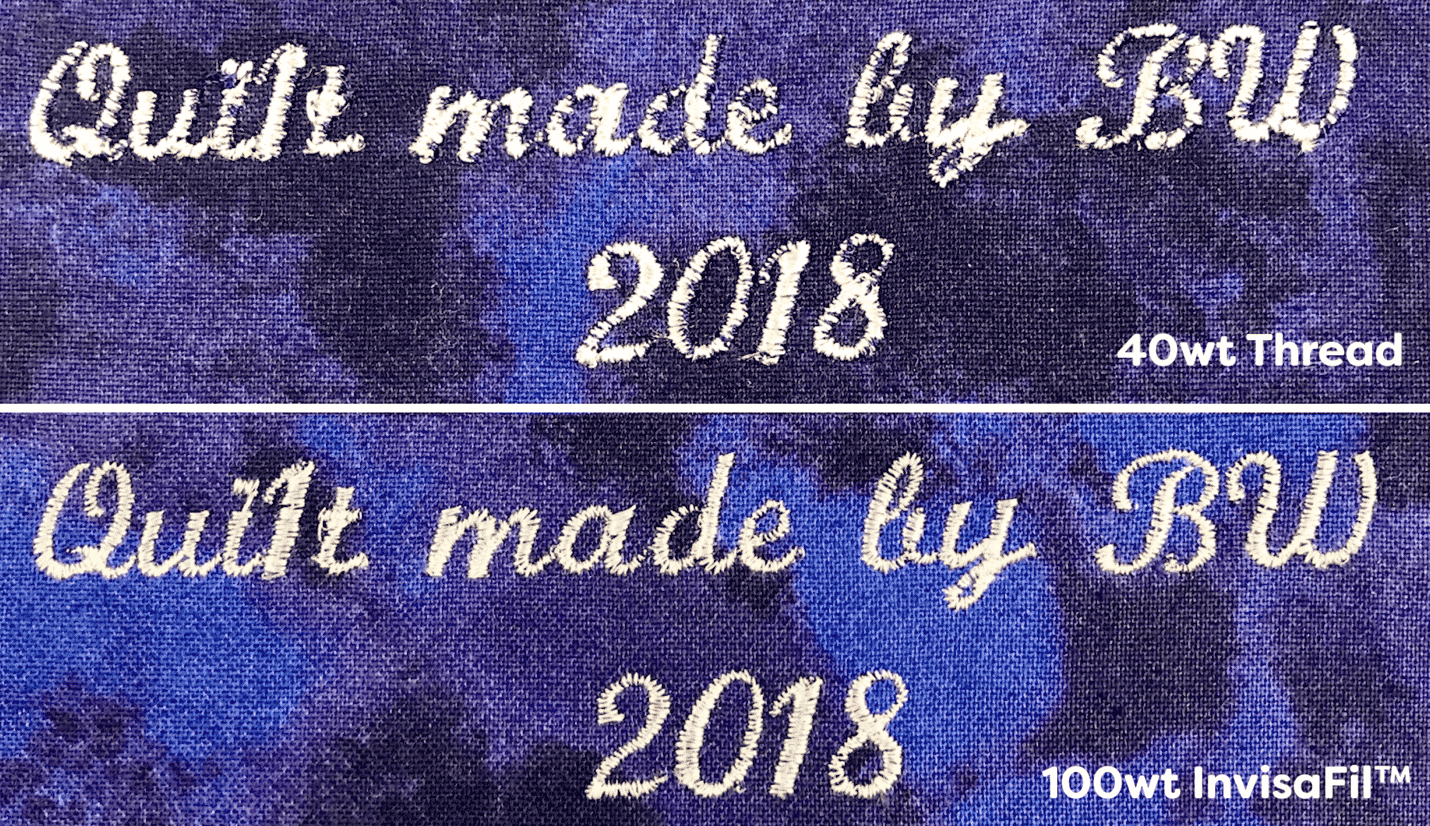
4.Bobbin thread
We always recommend using a finer thread weight in the bobbin with any thread on top. Choosing an 80wt thread like DecoBob will greatly improve your tension and stitch quality as this finer thread won’t fight for tension in the machine with the top thread. This is especially important when you’re using a thicker thread in the top, such as a 12wt, as you really don’t want to be putting that much bulk in your seams and through the fabric. An 80wt thread like DecoBob will allow your stitching to sit flatter while staying strong enough to be used for any sewing technique.
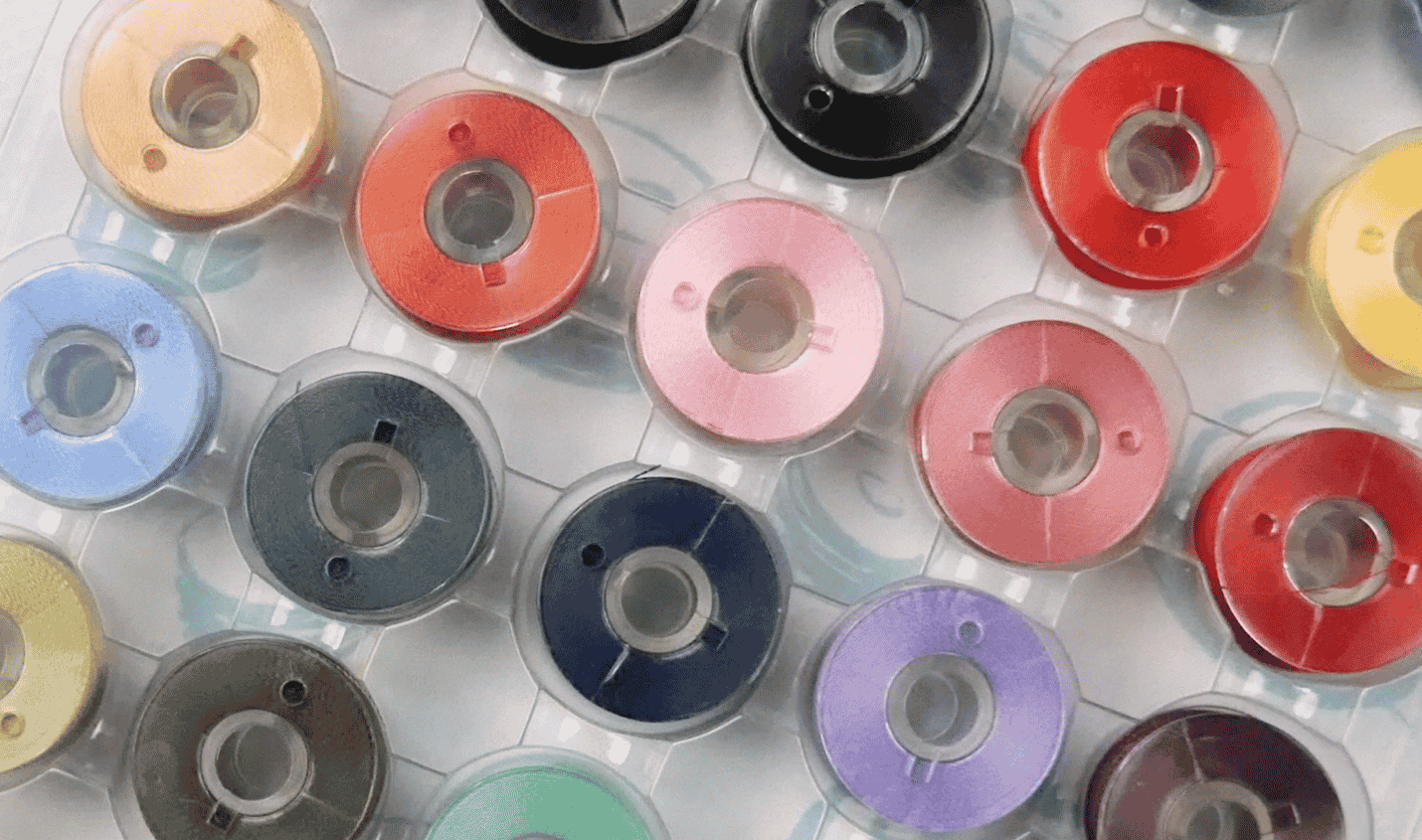
DecoBob pre-wound bobbins in size Class 15
5.Stitch in the ditch
Many sewers will reach for a monopoly thread to sew invisible stitches, you know, those threads that are translucent and often come in clear or smoke. However these threads can still be seen under bright lights and are stiff and inflexible when sewn with. This is why we recommend using InvisaFil 100wt thread instead. You only need to choose a basic color like grey, or one that slightly matches the color of the fabric for it to blend right in. So even if you sew out of your ditch, this forgiving thread won’t show up anyway.
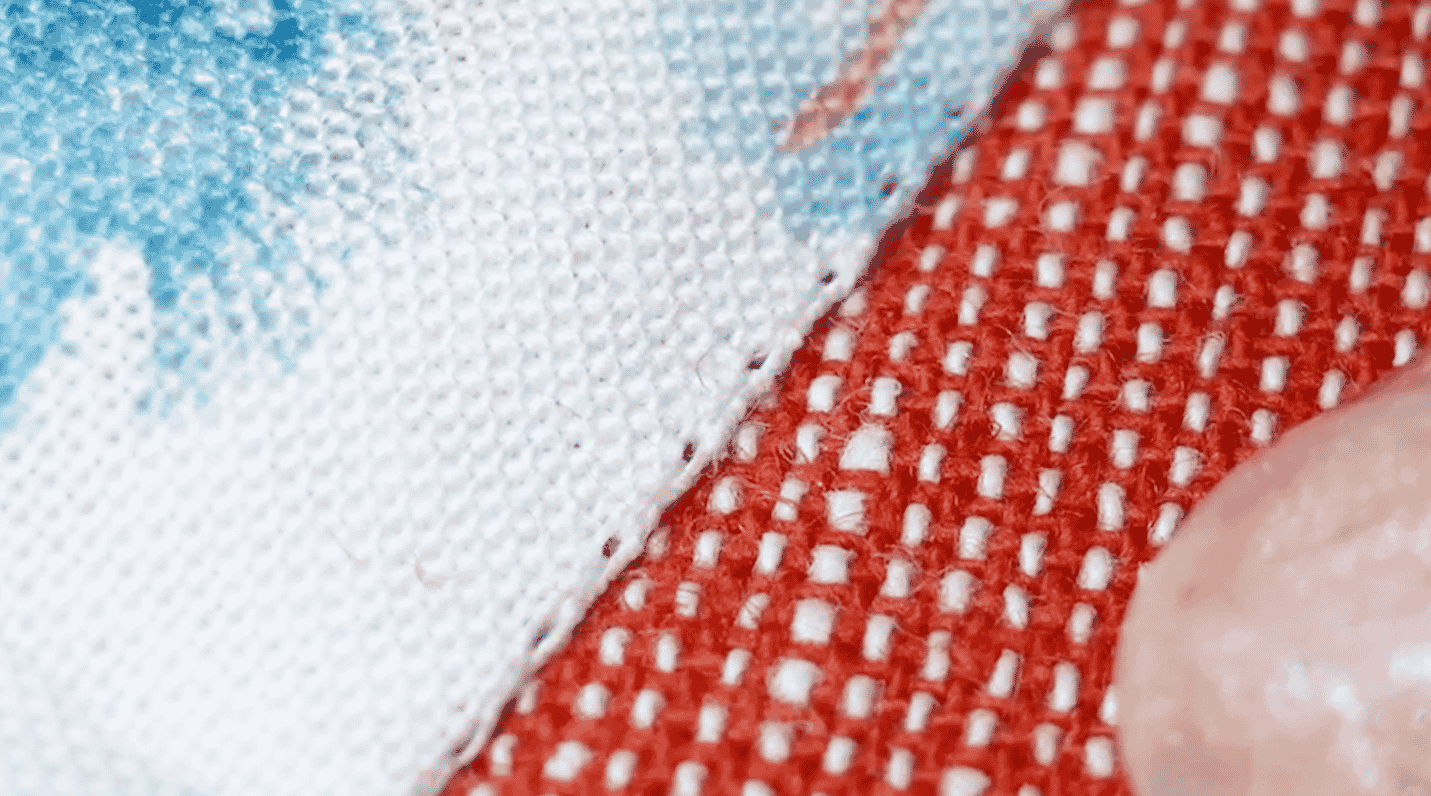
6.English paper piecing
This hand technique relies on stitching pieces of fabric wrapped around paper pieces together. Because these pieces sit tightly against each other, a finer thread will make a big difference as to how tightly the pieces lay against one another, and also how much the thread will show up. This is why we recommend using 100wt InvisaFil as opposed to a regular medium weight 40 or 50wt thread. If you’re someone who tends to tug on their thread when you sew and frequently run into thread breaks when doing EPP, then you can use DecoBob 80wt thread instead. We also recommend DecoBob for those who have arthritis in their hands and struggle more with using the finer 100wt InvisaFil.
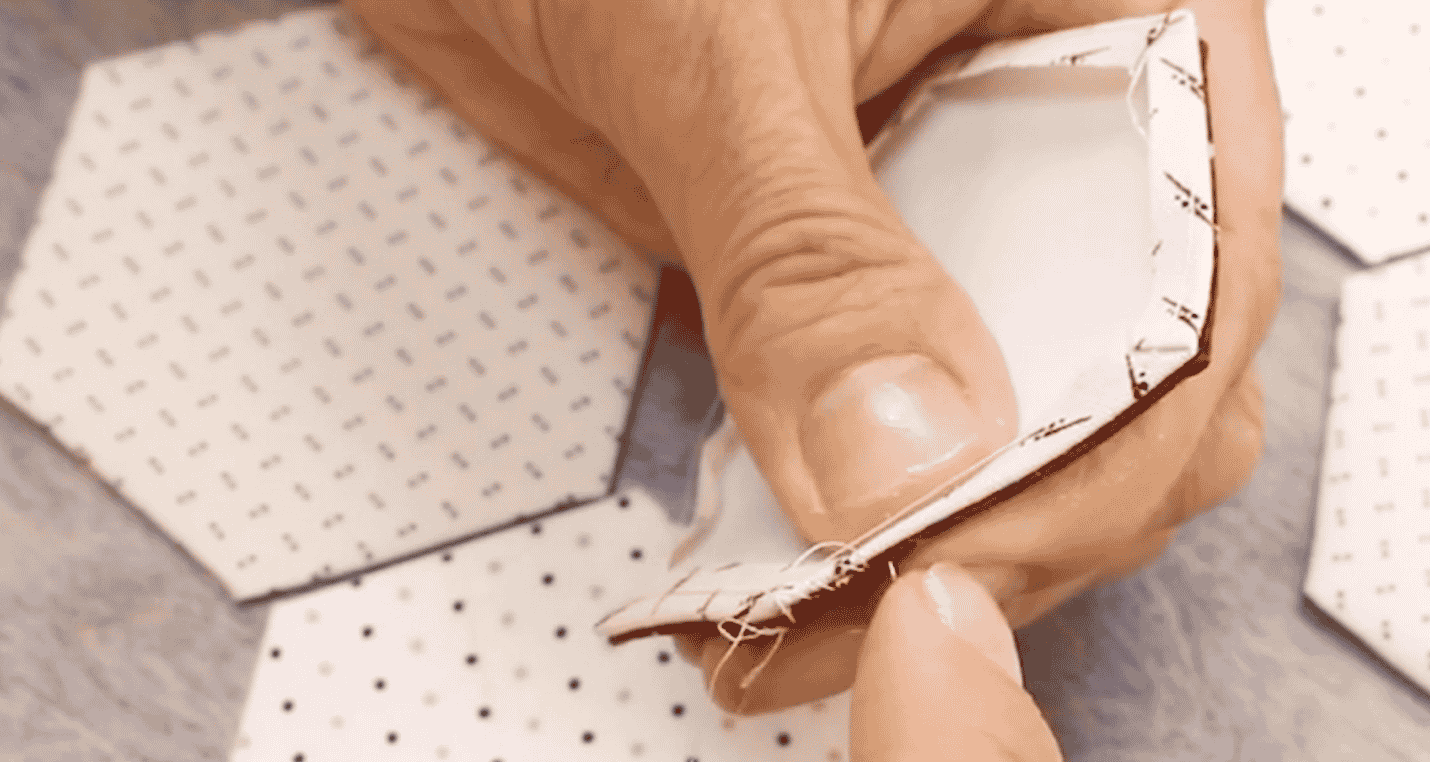
7.Hand and machine appliqué
If you’re doing decorative appliqué and don’t want the stitches to be seen, InvisaFil has your back. When doing needle turn appliqué, your appliqué pieces will sit a lot flatter against the background, and the 100wt thread is a master at disappearing. You can even appliqué your pieces by machine using a tiny zigzag stitch. Because InvisaFil is so small, you only need to match the colors to the fabric just slightly and they still won’t be seen. How impressive is that?
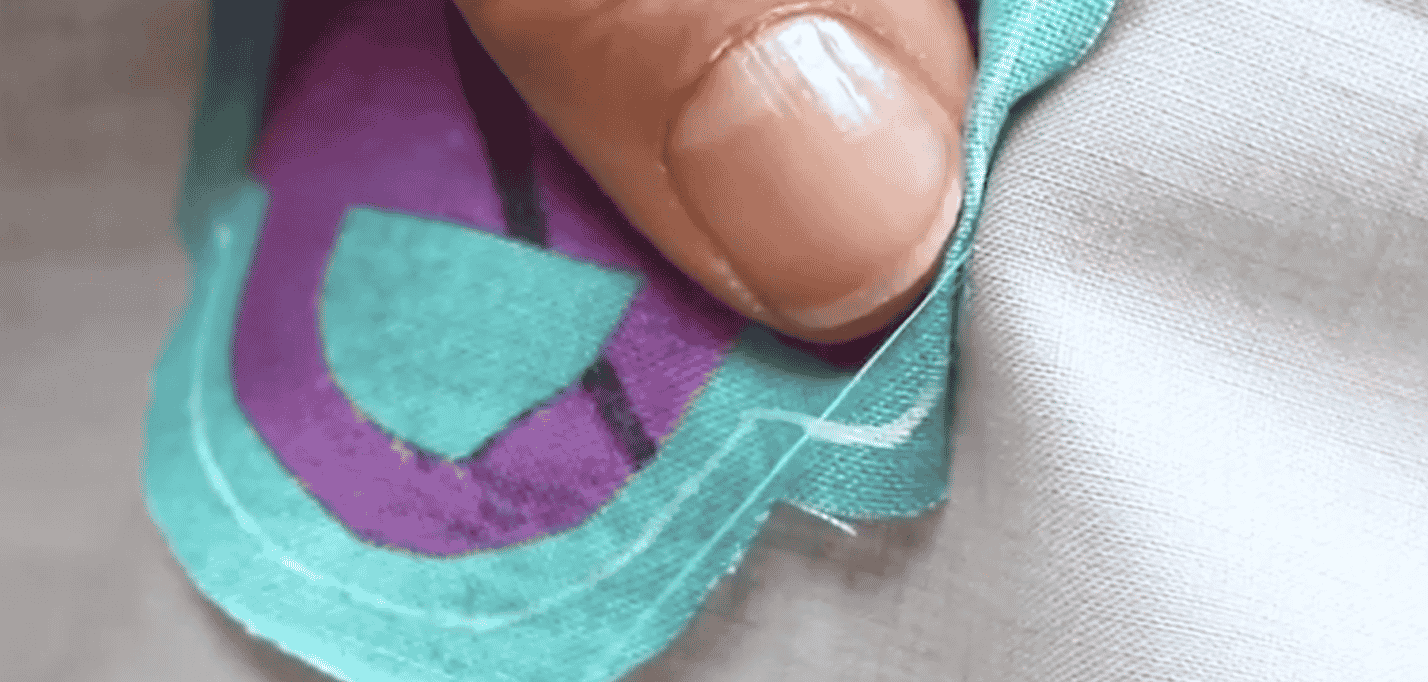
8.Buttonholes
Whether you’re making your buttonholes by hand or machine, these finer threads are a great choice. Should you be sewing your buttonholes by hand, use InvisaFil 100wt thread to stitch together the raw edges of your buttonholes, before going over them with a thicker decorative thread on top. The finer thread will disappear into the fabric so you won’t see it holding the edges together. If you’re doing your buttonholes by machine, then you can choose DecoBob 80wt thread to create nice tight stitches without the thread clumping up.

9.Sewing & serging sheer or lightweight fabrics
Chiffon, organza, and tulle are some of many lightweight and sheer fabrics you may come across. These fabrics can be difficult to work with, but using a fine 80 or 100wt thread allows the fabric to not be weighed down by the stitching, nor will the stitches show up in sheer fabrics. Whether you’re serging hems, doing construction sewing, or any kind of general sewing with these fabrics, always choose DecoBob or InvisaFil to do it with.
